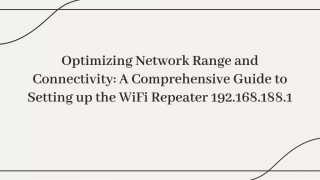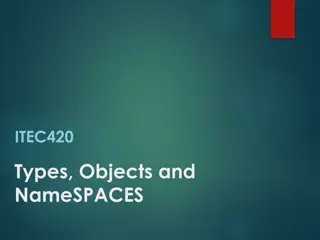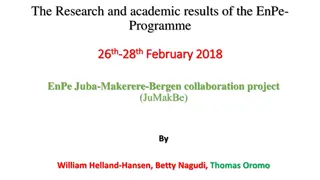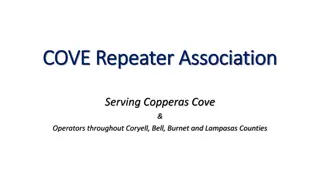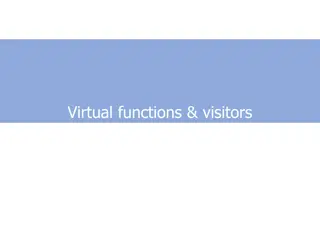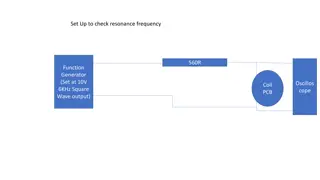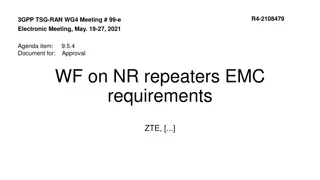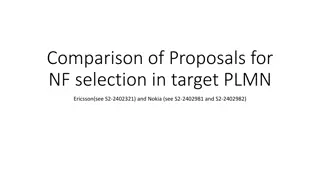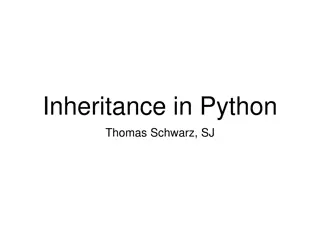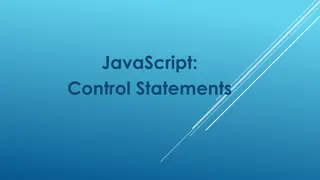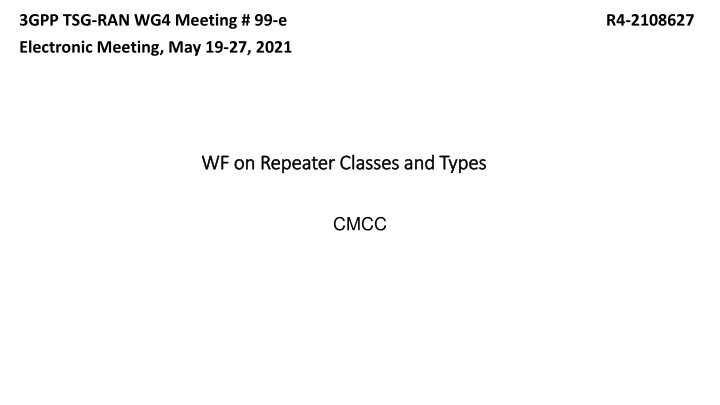
Types and Classes of Repeaters in 3GPP TSG-RAN Meeting #99-e
Explore the discussions on different classes and types of repeaters in the 3GPP TSG-RAN Working Group 4 Meeting #99-e. Topics include defining classes for both FR1 and FR2, differentiation criteria, power level considerations, and the relationship between DL and UL classes. Delve into the tentative agreements and possible options for defining classes and types of repeaters for various scenarios.
Download Presentation

Please find below an Image/Link to download the presentation.
The content on the website is provided AS IS for your information and personal use only. It may not be sold, licensed, or shared on other websites without obtaining consent from the author. If you encounter any issues during the download, it is possible that the publisher has removed the file from their server.
You are allowed to download the files provided on this website for personal or commercial use, subject to the condition that they are used lawfully. All files are the property of their respective owners.
The content on the website is provided AS IS for your information and personal use only. It may not be sold, licensed, or shared on other websites without obtaining consent from the author.
E N D
Presentation Transcript
3GPP TSG-RAN WG4 Meeting # 99-e R4-2108627 Electronic Meeting, May 19-27, 2021 WF on Repeater Classes and Types WF on Repeater Classes and Types CMCC
WF on repeater classes for DL (access link) Tentative agreement: at least 2 classes as the baseline for both FR1 and FR2 Further discuss on how to differentiate the 2 (or 3) classes Option 1: use the same approach as BS/IAB class definition with deployment scenario (e.g. Local Area, Medium Range, Wide Area) Option 2: Other option use the same approach as E-UTRA class definition by implicitly differentiating power level. whether a 3rd class is also needed depending on whether FR1 or FR2.
WF on repeater Classes for FR1 FDD UL (backhaul link) Tentative agreement: at least 2 classes as the baseline Further discuss on how to differentiate the 2 classes Option 1: use the same approach as BS/IAB class definition with deployment scenario description (e.g. planned/unplanned with a subset of WA/MR/LA) Option 2: other option use the same approach as E-UTRA class definition by implicitly differentiating power level. Whether the same principle of how to define/differentiate class also apply for FR1 TDD UL whether a 3rd class is also needed.
WF on repeater Classes for FR2 UL (backhaul link) Further discuss on Whether to limit all repeater s output power not exceeding PC1level Option 1: yes, introduce a single maximum Tx power level equal to PC1 Option 2: no, introduce two classes, one class with maximum power limited by PC1 and the other without power limit how to define class Option 1: formal class definition (e.g. MR) with deployment scenario description (e.g. planned/unplanned MR) Option 2: class is implicitly defined by power level. (e.g. exceeding PC1, not exceeding PC1)
WF on relationship between repeater classes for DL and UL TX Tentative agreement: UL and DL (TX) classes(or what definition/differentiation will be used) are decoupled. Further discuss if receiver requirements also need to be differentiated.
WF on repeater types Tentative agreement: Introduce types 1-C and 2-O further discuss if 1-H or 1-O is also needed or at least try to have some decision criteria for introduction of 1-H

